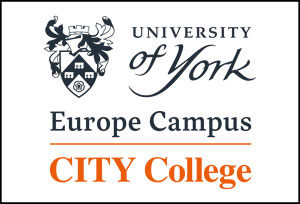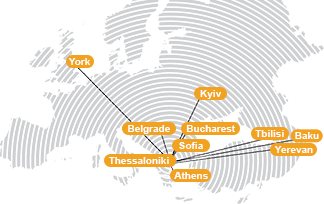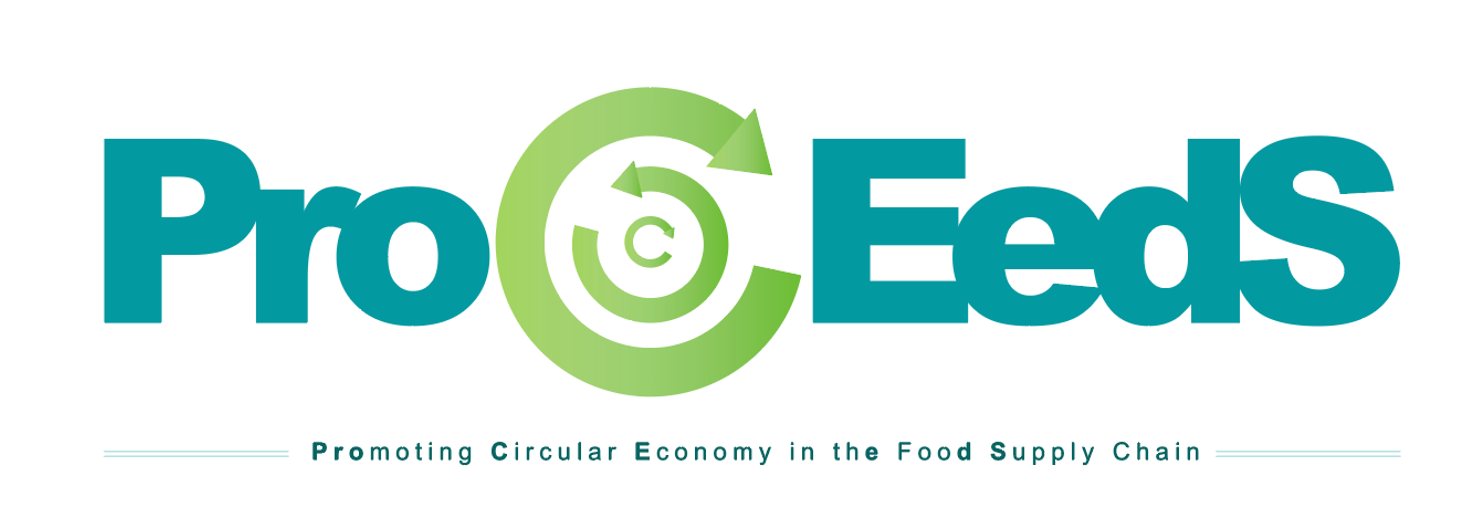The United Nations’ 17 Sustainable Development Goals (SDGs) aim to mobilise global efforts to ‘transform our world’ so as to address major challenges facing global society, such as achieving food security, reducing food loss and waste and providing healthy nutrition for all.
Increasing consumption of food (due to population growth and increases in purchasing power) that has high environmental impact associated is placing massive strain on the global agri-food system. Nonetheless, hunger and malnutrition remains a major problem in developing countries. Also, climate change poses a great threat on food security due to the critical dependence of agri-food production on environmental conditions. A slight change of these conditions can have a direct effect on the crop yield variability and consequently on farmers’ incomes, food prices, trade patterns and investment plans.
Within this context, new strategies are needed in order to maximise the yield of food production systems while minimising wastage and reducing environmental impact. FAO estimates that, on a global scale, one-third of food produced for human consumption is lost or wasted globally (1.3BN tons per year); even in the EU, despite significant policy efforts, 88MM tons of food are wasted annually, with associated costs estimated at €143BN. This causes waste in production resources (such as land, water, energy and inputs) and avoidable environmental impacts. Also, food production and consumption produce approximately one third of total greenhouse gas emissions. All this represents a real threat to the security and sustainability of food supply chains. Moreover, due to these impelling challenges, over the last decade, the concept of sustainable development has gained momentum. Introduced in the United Nations’ Brundtland Report in 1987, the core of this concept was built on the principle of managing efficiently available natural resources in order to meet present and future generations’ needs. With environmental and social concerns at the forefront, there has been increasing pressure on both private firms and public organisations to redefine their production processes moving them away from traditional considerations associated predominantly with financial performance, towards sustainable performance. Success in addressing the aforementioned concerns not only may provide organisations new ways to add value to their business products but also may create the circumstances towards the realisation of a long-term competitive advantage.
Within this perspective, emerging supply chain management theories are adopting a holistic view of all supply stages from production to consumption, aiming towards the development of innovative and sustainable business models. A substantial part of these systems are based on the concept of cyclical movement; meaning either following natural cycles, in terms of renewable natural resources, or creating artificial ones – recyclable natural resources. Theorised under the paradigm of Circular Economy (CE) these models signify overcoming the classical linear production systems where raw materials are transformed into finished goods unavoidably creating undesirable by-products, such as wastage and pollution.
Having its origins in the discipline area of Industrial Ecology, Circular Economy shifts away from the logic of just minimising environmental impacts of the cradle-to-grave material flow system. Conversely, it adopts a cradle-to-cradle design focusing on the reuse, transformation or recycling of materials in such a way in order to close the supply chain loop in the product lifecycle, and successively accommodate a long-term economic growth while simultaneously supporting ecological and social aims. Prerequisite to the realisation of CE is industrial symbiosis, thus, the ability of transforming waste materials from one industry into useful inputs for another.
In the context of agri-food supply chains, Circular Economy provides very promising perspectives on tackling risks related to climate change and food security. At present, CE strategies in this sector are mainly orientated towards the utilisation of organic waste as natural fertiliser, energy recovery (biofuels) and production of chemicals (ammonium products); additionally, these occur in a very fragmented manner throughout the supply chain. Meeting the challenge of achieving sustainable food security requires consideration of all the key aspects of food production and consumption, taking a holistic agri-food ecosystem approach that includes land and resource use, crop production, consumer behaviour and human health. Europe is trying to promote CE mainly through its Circular Economy Action Plan – part of the Europe 2020 strategy – which focuses on legislative proposals on waste. Despite this initiative, the implementation of Circular Economy strategies is stalling due to issues associated to lack of strategic alignment across businesses and national governments, poor public sector commitment, return on investment uncertainty and price fluctuation. It is evident that although the environmental benefits are significant, the economic viability of circular supply chains is questioned mainly due to market dynamics and lack of incentives, which may lead to higher production cost. Evidence suggests that the implementation of Circular Economy Strategies in contexts in which governments lack strong top-down intervention tools can be challenging, and in which economic structures are based on free-market mechanisms. In addition, there is a frequent criticism with regard to whether such eco-efficient strategies are resistant to rebound effect thus, the possibility of leading towards economic de-growth.
The proposed research project will attempt to contribute to the existing fields of both Circular Economy theory and Supply Chain Management by providing insights related to the actual applicability of the CE paradigm in agri-food supply chains within free-market contexts. Focus is placed on the examination and involvement of stakeholders covering all stages from primary production to the point of regenerating biological nutrients and redirecting them back to agricultural production.






